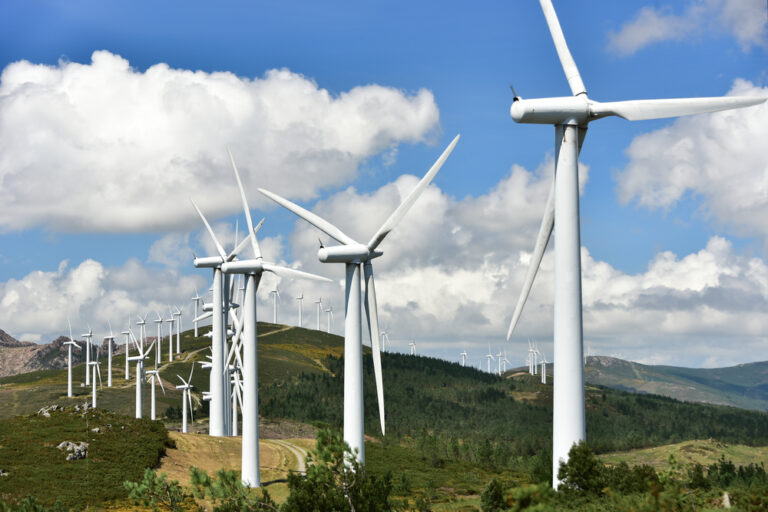Researchers at Penn State University in Pennsylvania have discovered that when it comes to wind energy, it is a matter of less is more. They created a computer model that predicts optimum locations for wind farms and found that wind speeds in locations prone to high winds are unpredictable and therefore bad places to locate wind farms.
The research team created their model by analyzing historical data from the US National Center for Atmospheric Research. They looked specifically at errors in wind-farm electrical-production predictions across the USA going back up to two years.
“We observed that locations with higher average wind speed are associated with larger degrees of forecast uncertainty which increases the difficulty to predict wind speed at these locations,” the researchers wrote in their research report published online in Renewable Energy.
They suggested instead that areas with lower but more consistent wind speeds were better potential sites for wind farms.
The model cannot say for certain whether an area will provide enough wind for renewable energy, but instead it produces a probability curve for wind production that companies can use in their decision-making process, according to the researchers.
The model also helps forecast wind velocity 24-hours into the future, an important factor for energy suppliers who want to know energy outputs ahead of time.
“Electricity suppliers need to know how much power is available a day ahead,” said Guido Cervone, Penn State professor of geography, and meteorology and atmospheric science. “They need to have reliable sources because they can’t have a blackout. They also do not want to buy more electricity on the spot-market because same-day purchases are more expensive.”



